The planets in our solar system were named after Roman gods. Mercury is the Roman god of travel and commerce, Venus is the Roman goddess of love and beauty, Mars is the Roman god of war, Jupiter is the king of all Roman gods, Saturn is the Roman god of agriculture and wealth, and Uranus is the Greek god of the heavens.
When British astronomer William Herschel pointed his telescope toward the skies for one of his star surveys on one cold night in 1781, he noticed something odd. Amongst the pinned incandescent lamps, he observed a bright shimmering light. Herschel had accidentally discovered the planet we now call Uranus.
Effusive, following his monumental discovery, and this is something people seldom know, Herschel decided to name it Georgium Sidus, after his patron King George III, like any loyal astronomer would do to continue receiving funding. For a brief period of 5-7 years, astronomy books enumerated the planets in the order Mercury, Venus, Earth, Mars, Jupiter, Saturn, and…George. However, Johann Bode suggested the name Uranus
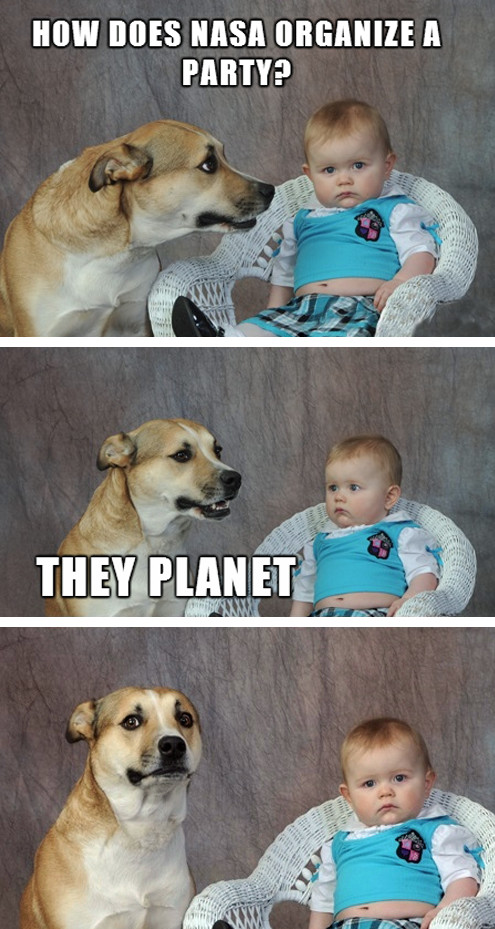
Bode did not merely pluck a word from the lexicon of ostentatious-sounding names; there’s a reason why he ascribed this particular name. The ascription conforms to a tradition that has been in place since antiquity. The title makes sense when we realize how the first six planets got their names. Also, it sounds much cooler than the drab “George”.
So, how did the planets get their names?
Mercury
Mercury is the smallest and innermost planet of the Solar System. Mercury is very difficult to view with the naked eye, due to its proximity to the sun, but it can be viewed indirectly during its transits. A transit occurs when it passes between the sun and another superior planet, such that it appears as a black dot darting across the disk of the sun.
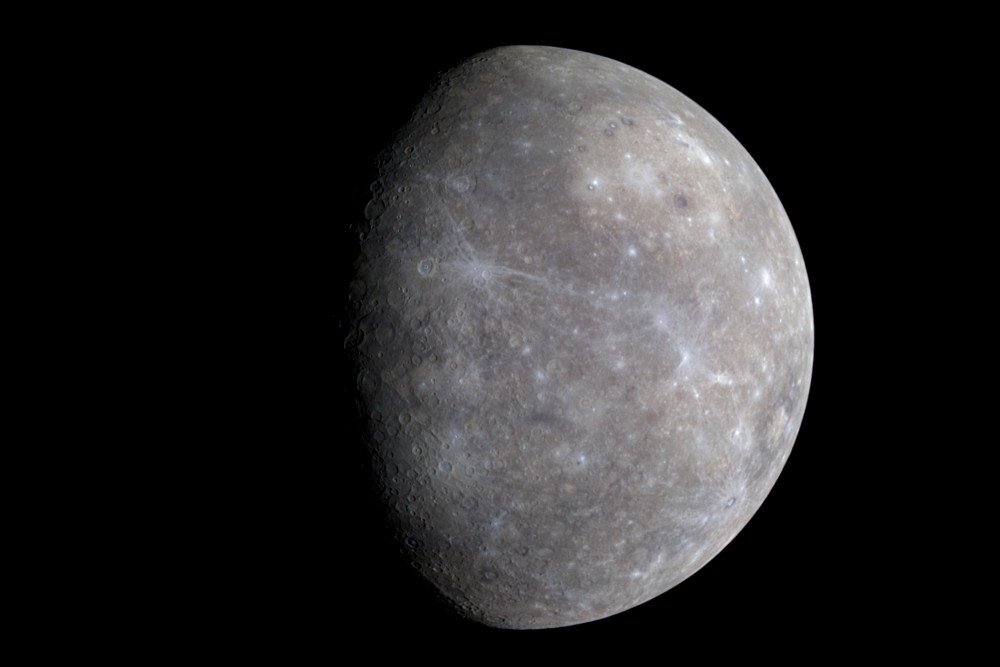
Besides the moon, Mercury is one of the five brightest planets glittering in the sky and came into notice of the Romans. It orbits the sun at a velocity of 50 km/s, so the Romans appropriately named it after their swiftest god, Mercury, the god of travel and commerce. This is the Roman equivalent of the ancient Greek god Hermes, the messenger of the gods.
Also Read: Planet Vulcan: The Planet Between Mercury And The Sun That Was Never There
Venus
Venus is the second planet in the solar system and our closest celestial neighbor. Besides the moon, Venus is the brightest object in the night sky. This makes its appearance conspicuous and allows it to be easily identified. It has been observed by stargazers for more than 4 millennia. Venus is one of two planets that spins clockwise, or east to west, in the opposite direction to how the other planets rotate.

Due to its vivid gleam, the planet was perceived to be extremely admirable. This led it to be named after the Roman goddess of love and beauty, Venus. Her Greek equivalent was Aphrodite. It was first observed by Mayan astronomers, which led them to form a highly accurate calendar. Centuries later, in 1610, Galileo documented its phases in his highly regarded work The Starry Messenger.
Also Read: Why Do Planets Appear Brighter Than Stars?
Earth
Our humble abode, the blue marble, is the largest terrestrial planet and the fifth-largest planet in the solar system. Surprisingly, we disobeyed the Roman-Greek tradition when it came to naming our own planet. The name “Earth” is not a Roman or Greek god but rather a millennia-old English/German word that simply translates to “Ground”.
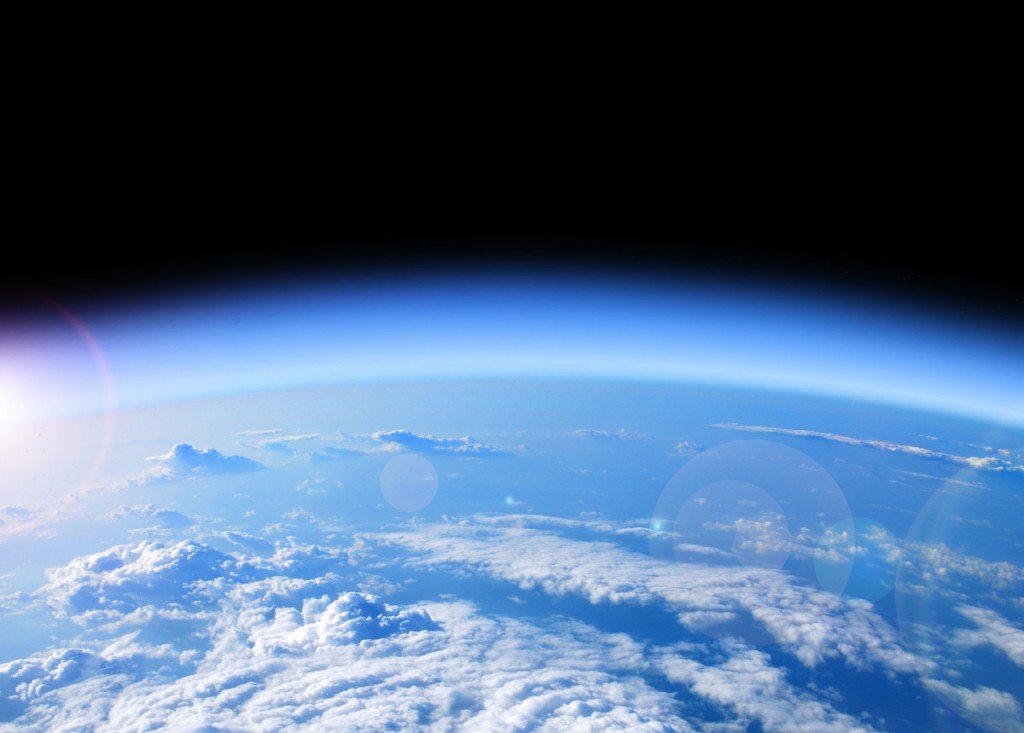
Earth is definitely the most unique planet in the solar system, and all of the other planets we’ve observed, due to its acclamation for life. Its temperature and chemical composition are “just” perfect to support life. The temperature was neither high enough to vaporize water, nor cold enough to freeze it; it lingered just around the right value that allowed it to remain in its liquid form, which was the most convenient place to begin life.
However, even Mars has been known to support microbial life at one time. Earth’s uniqueness is attributed to something much more significant and the least likely of all possibilities — the advent of intelligent life.
Also Read: Is There A Planet More Habitable Than The Earth?
Mars
Mars is the fourth planet from the sun and the second-smallest planet in the solar system. Like Venus, Mars is also readily visible to the naked eye. The first telescopic observations were made by, as you might have guessed, Galileo, in 1610. The planet has two moons, Phobos and Deimos, which are not spherical, but rather oddly shaped, due to a slackening of gravity as a result of their lack of mass.
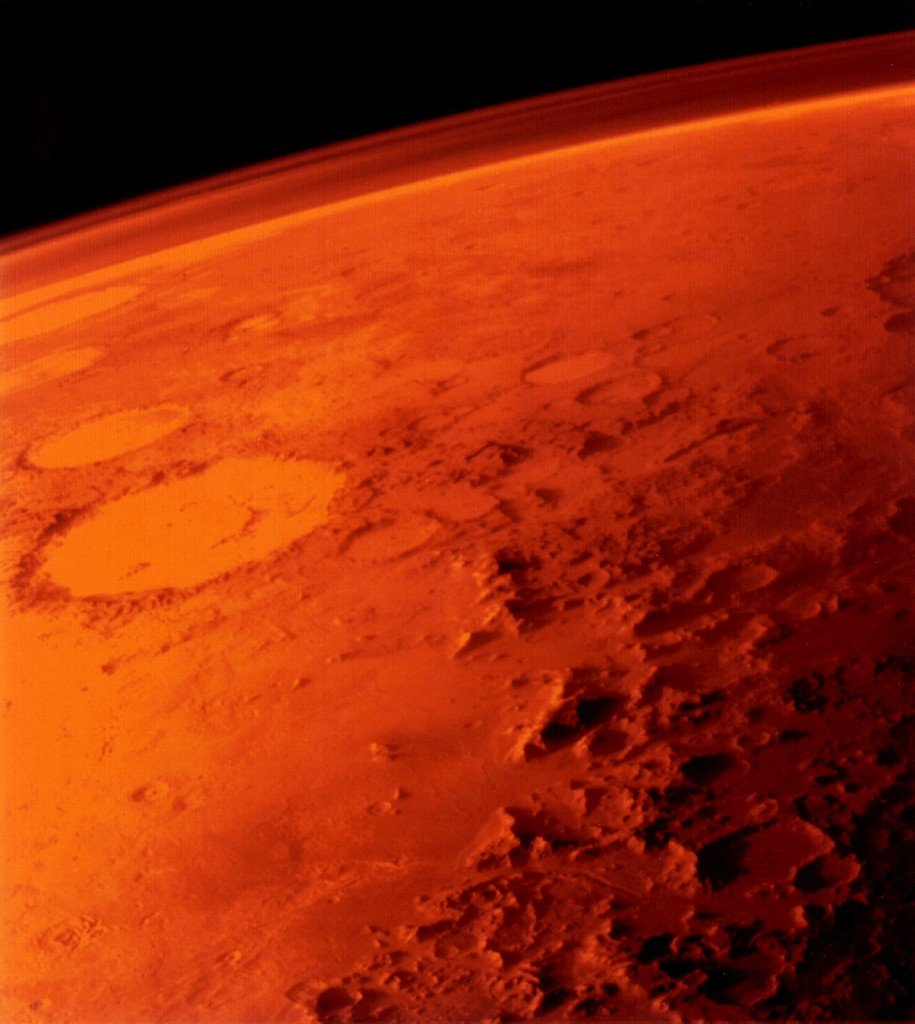
Egyptians dubbed it “the red one” calling it Her Desher. This was probably due to the vicious blood-red color it radiates, due to the iron oxide prevalent on its rugged surface. However, the planet was eventually named Mars, after the Roman god of war, for the same reasons.
Eventually, we arrived at a general consensus that planets must be named after Roman gods and their moons after Greek gods that were intimately linked to the Greek god equivalents of the Roman gods after which the planet is named. For instance, Phobos and Deimos, the Greek gods of fear, are siblings, as well as the children of Ares – the Greek god of war.
Also Read: Why Do Mercury And Venus Have No Moons?
Jupiter
Jupiter is the largest planet in the solar system. Jupiter is primarily made up of gases, namely Hydrogen and Helium, which is why it’s also referred to as a gas giant. The first detailed observations were made by Galileo, and while it is the third-brightest object in the night sky, it had only been crudely examined since antiquity.
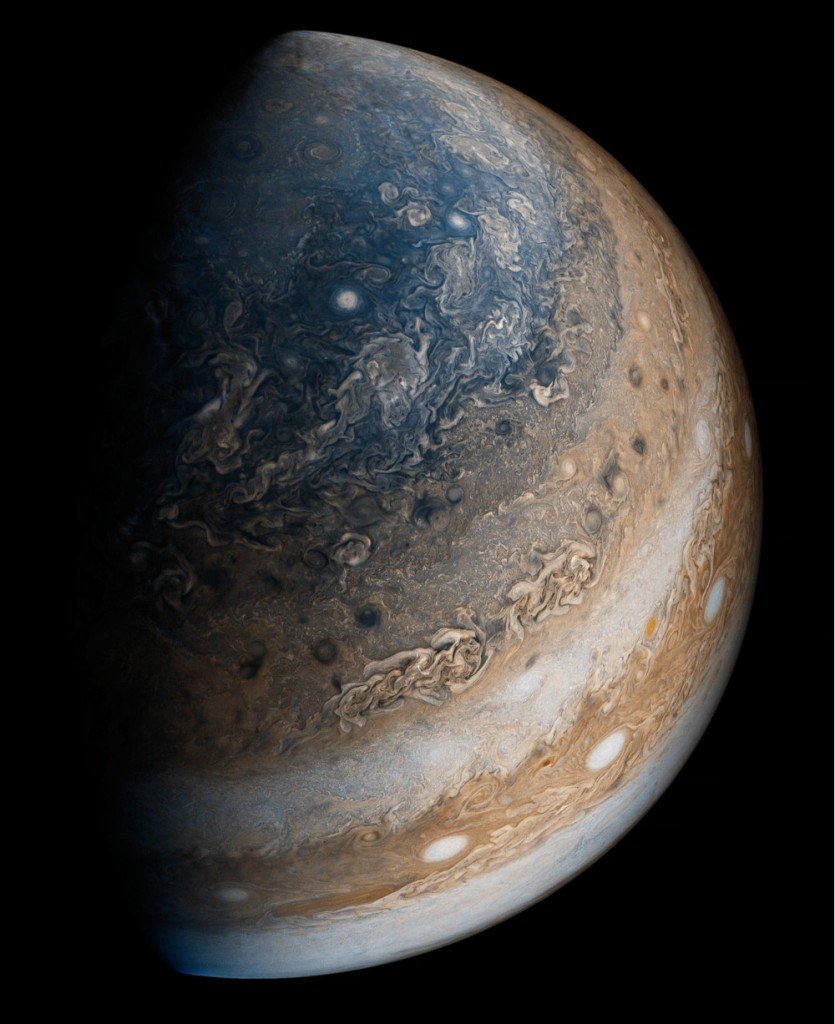
Due to its stature, Jupiter is considered the King of all planets. Thus, it is rightly named after the king of all the ancient Roman gods.
Jupiter has at least 50 moons, but scientists are particularly intrigued by the Galilean satellites, its four largest moons, which were discovered by Galileo: Europa, Calisto, Ganymede and lo – all influential Greek characters. The moon Ganymede is even larger than Mercury! Surprisingly, Jupiter is surrounded by rings, but the three rings are too faint to be perceived.
Also Read: What Are Gas Giants And Ice Giants?
Saturn
Saturn is the sixth and second-largest planet in the solar system. Like Jupiter, Saturn is a massive ball of gas. Its density is so low that it would float in a bucket of water! However, it is most notably known for its numinous rings.
When Galileo peeked at Saturn through a telescope in 1610, he was astonished to find a pair of objects on either side. He sketched his observation as separate spheres, believing Saturn to be triple-bodied. Subsequently, Christian Huygens discovered its rings in 1655, and later in 1675, Cassini discovered the divisions between them.
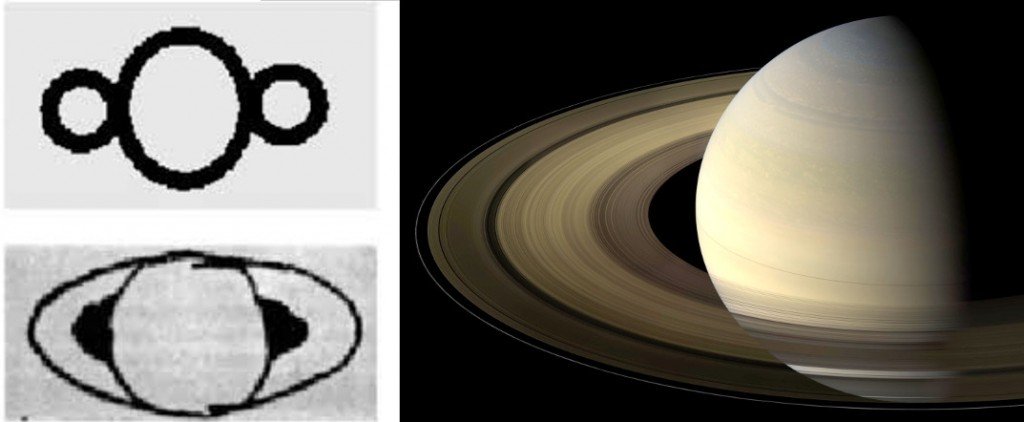
Saturn is the fifth planet visible to the naked eye. It is named after the Roman god of agriculture and wealth. It also has more than 60 moons, among which Titan is even larger than Ganymede! While Saturn is highly unlikely to support life, its moons Enceladus and Titan possess frozen oceans, making it the most promising celestial body for terraforming in the entire solar system.
Uranus
The first ice giant, Uranus is the seventh planet from the sun. It is extremely cold and windy there, and because it is so distant, it cannot be observed by the naked eye. As mentioned earlier, Uranus was accidentally discovered with a telescope by William Herschel in 1781.
It exhibits a peculiar behavior of rotating nearly 90 degrees from its plane; the unique tilt makes it appear to spin on its side as if revolving around the sun like a bowling ball. Also, like Venus, the planet rotates east to west, in the opposite direction to most planets.

As for why it was renamed to Uranus, Johann Bode decided to stick with the Roman-Greek tradition of naming planets and named it after the Greek god of the heavens or sky, due to its sky-blue color. However, to propitiate the then powerful British, the 27 moons of Uranus weren’t named after Greek gods, but rather characters from works of Shakespeare and Alexander Pope, such as Ariel from The Tempest.
Also Read: Why Is Uranus Colder Than Neptune Despite Neptune Being Farther From The Sun?
Neptune
The second ice giant consecutively placed after Uranus, Neptune is the other blue planet. Again, due to its astronomical distance from Earth, Neptune cannot be spied with an unaided eye. In fact, it was the first planet that was mathematically predicted by John Adams and Urbain Le Verrier, rather than being discovered through a telescope.
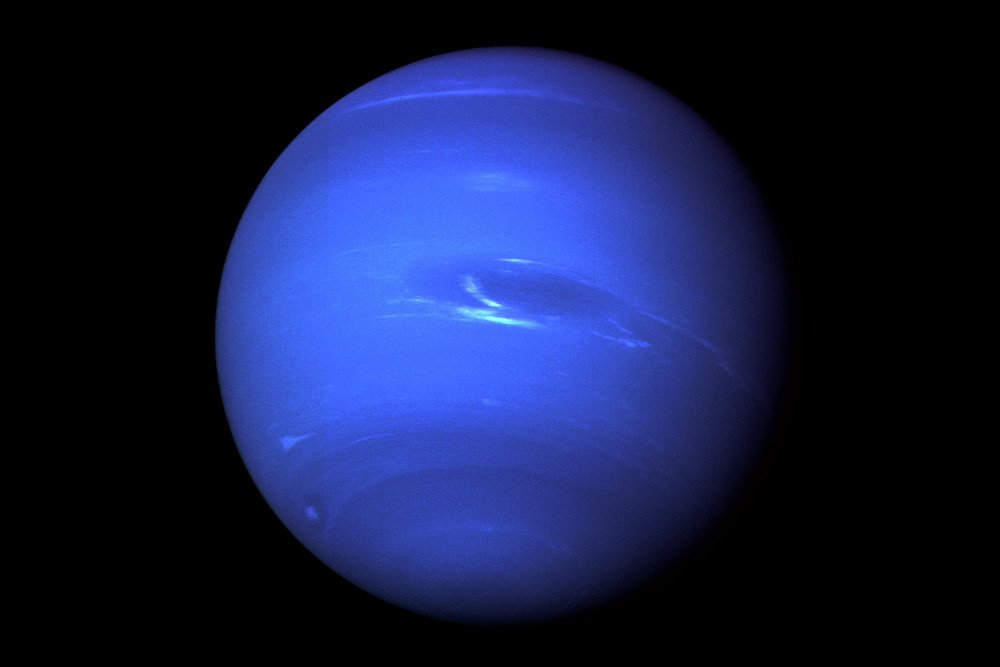
The prediction was later confirmed after it was observed through a telescope by Johann Galle in 1846. Galle intended to name it after its predictor, Le Verrier, but the International Astronomical Community disagreed and decided to name it after the Roman god of the sea.
It is encumbered by 6 rings and 13 moons, including Triton, its largest moon, which orbits the planet in the opposite direction than the other moons.
How well do you understand the article above!

